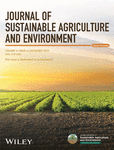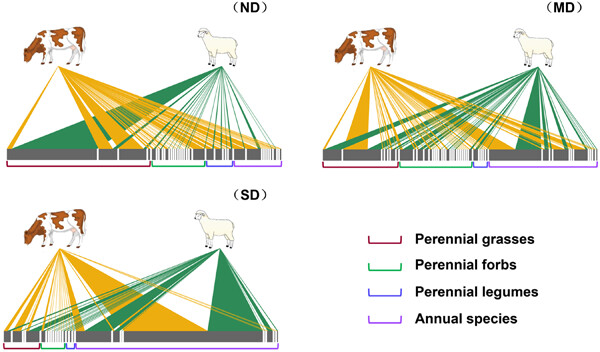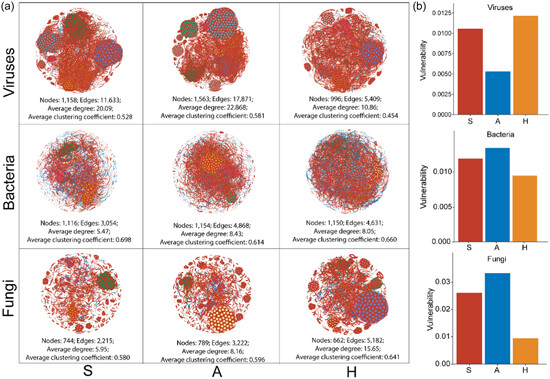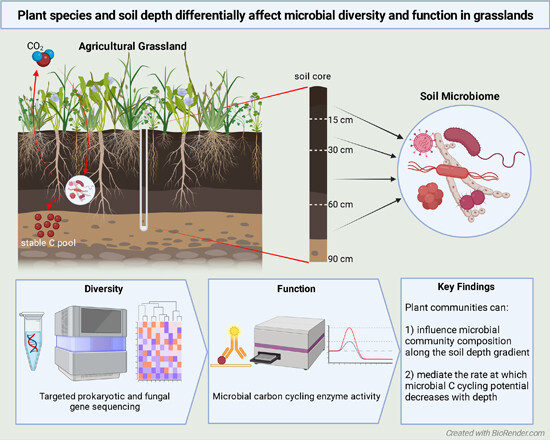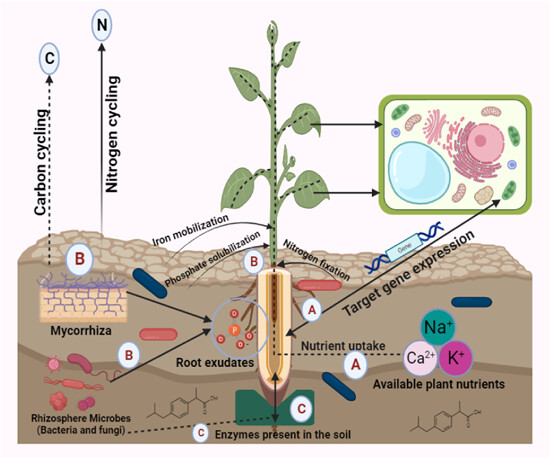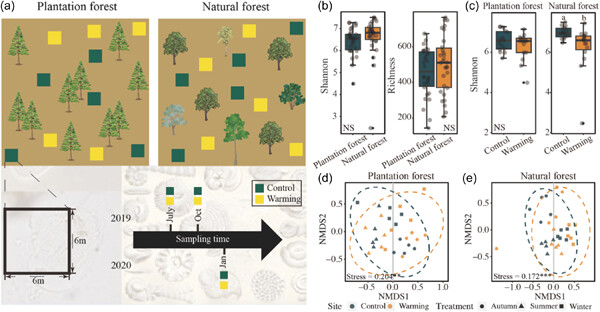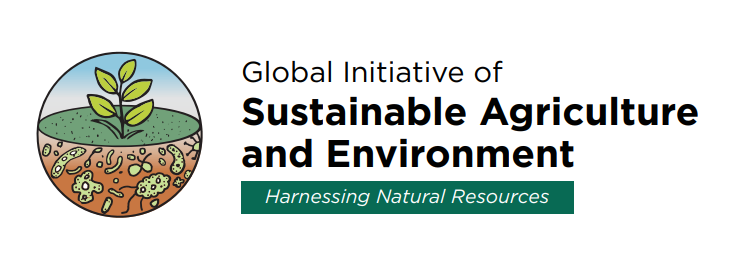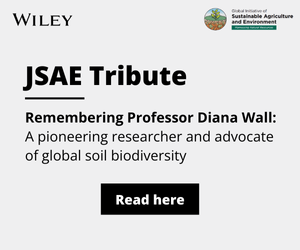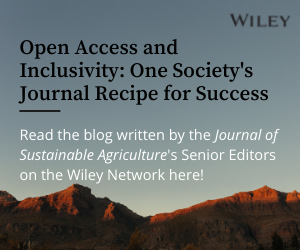Journal list menu
Export Citations
Download PDFs
ISSUE INFORMATION
RESEARCH ARTICLE
Grassland degradation induces high dietary niche overlap between two common livestock: cattle and sheep
- Pages: 373-381
- First Published: 23 August 2023
RESEARCH BRIEF
Evidence of distinct response of soil viral community to a plant infection and the disease pathobiome
- Pages: 382-387
- First Published: 09 November 2023
RESEARCH ARTICLES
Integrating grafting and companion planting to improve crop performance in intensive high-tunnel tomato production
- Pages: 388-396
- First Published: 12 October 2023
Plant species and soil depth differentially affect microbial diversity and function in grasslands
- Pages: 397-411
- First Published: 20 October 2023
Significant opportunities for tree crop expansion on marginal lands in the Midwest, USA
- Pages: 412-423
- First Published: 13 November 2023
REVIEW ARTICLE
Exploring the connectivity between rhizosphere microbiomes and the plant genes: A way forward for sustainable increase in primary productivity
- Pages: 424-443
- First Published: 05 November 2023
RESEARCH ARTICLES
Molecular insights into the salt stress response of Pearl millet (Pennisetum glaucum): Pathways, differentially expressed genes and transcription factors
- Pages: 444-455
- First Published: 03 November 2023
Seaweed supplementation to organic dairy cows may reduce climate impact of manure in pasture soils during a laboratory incubation
- Pages: 456-467
- First Published: 16 November 2023
Forest restoration decouple soil C:N:P stoichiometry but has little effects on microbial biodiversity globally
- Pages: 468-478
- First Published: 10 November 2023
Ecological and evolutionary inferences from aphid microbiome analyses depend on methods and experimental design
- Pages: 479-488
- First Published: 15 November 2023
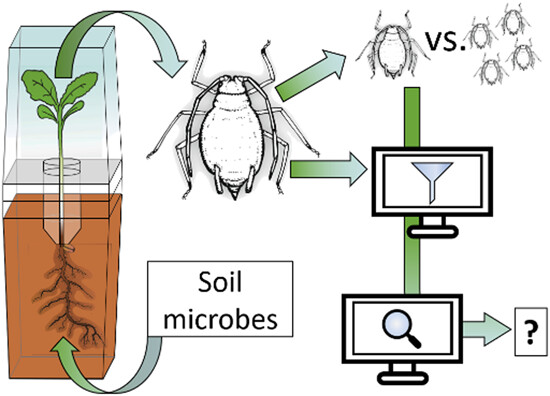
Aphid microbiome analyses were repeatedly performed using pooled and single aphid samples, and different data filtering approaches. Different approaches can lead partially to different qualitative or quantitative inferences regarding the overall community and specific taxa of interest, owing to the skewed microbial community composition in aphids. Future aphid microbiome research should consider the compositional peculiarities of aphid microbial communities in experimental, methodological and statistical design.
A host-derived chimeric peptide protects citrus against Huanglongbing without threatening the native microbial community of the phyllosphere
- Pages: 489-499
- First Published: 24 November 2023
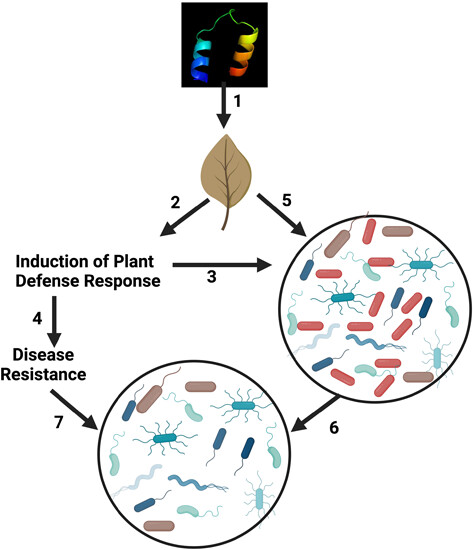
Application of novel chimeric peptide (1) induces the plant defence responses (2) that results in the reduction in the titre of the citrus greening pathogen, Candidatus liberibacter asiaticius (CLas) (shown as red-coloured bacteria) from the infected leaves (3). (4) Induction of plant defence response results in disease resistance against future CLas infection. (5) The chimeric peptide also directly reduces the CLas titre through its antimicrobial activity against the pathogen. (6) Application of chimeric peptide restores the native microbial communities in the citrus phyllosphere by its selective removal of the pathogen or (7) reducing the pathogen-mediated changes in the microbiome by increasing disease resistance.
Evaluation of 16S rRNA gene primer pairs for bacterial community profiling in an across soil and ryegrass plant study
- Pages: 500-512
- First Published: 27 October 2023
A large-scale survey reveals agro-ecological factors influence spatio-temporal distribution and epidemics of maize leaf blight: Implications for prioritizing sustainable management options
- Pages: 513-528
- First Published: 25 September 2023
Seasonality regulates the taxonomic and functional compositions of protists responding to climate warming in forest ecosystems
- Pages: 529-540
- First Published: 18 August 2023
COMMENTARY
Can nitrate-reducing ammonifiers increase nitrogen retention in soil and support ammonium-based cropping systems?
- Pages: 541-545
- First Published: 09 October 2023




